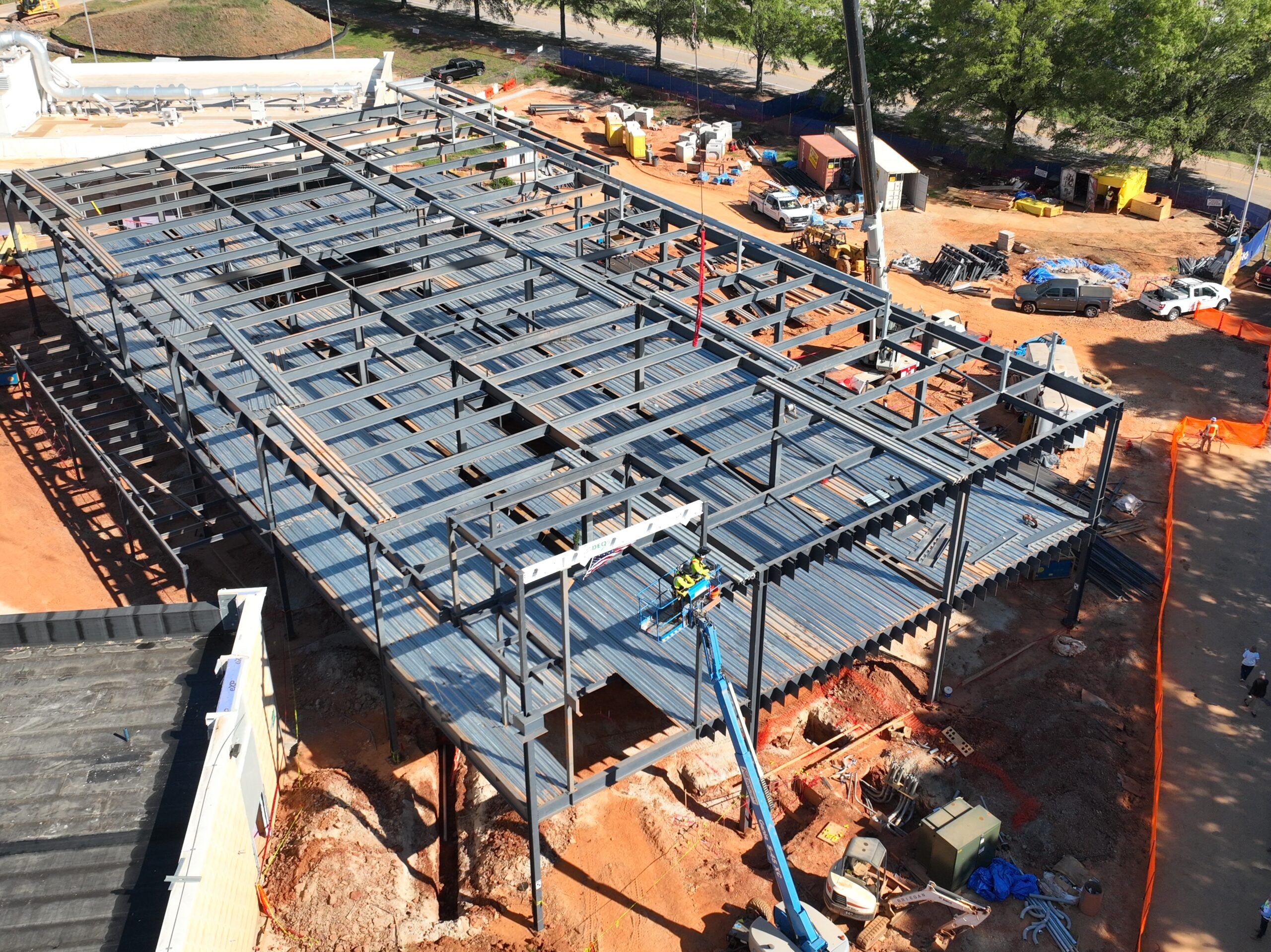Mold can be a sneaky invader, creeping into the nooks and crannies of your home and causing more damage than you might expect. While it often starts small, mold can quickly grow into a serious problem, affecting not only your property but also your health. Understanding how to address mold effectively can save you time, money, and stress.
Why Mold Growth Shouldn’t Be Ignored
Mold isn’t just an eyesore—it’s a warning sign that moisture problems are lurking beneath the surface. In cases where mold spreads quickly, emergency mold damage restoration may be necessary to protect your home and health. Left untreated, mold can weaken your home’s structure and release spores into the air, leading to respiratory problems, allergies, and other health concerns.
Common Causes of Mold in Homes
Before you tackle mold removal, it’s essential to understand what causes it. Here are some of the most common culprits:
- Excess Moisture: Leaky pipes, roof damage, or poor ventilation can create damp environments where mold thrives.
- Flooding and Water Damage: Areas that have been exposed to flooding often develop mold if not properly dried within 24 to 48 hours.
- Humidity: High indoor humidity levels, especially in bathrooms and basements, make the perfect breeding ground for mold.
Did you know? Mold spores are everywhere! They’re naturally present in the air but only grow into visible mold when they land on a damp surface.
The Mold Remediation Process Explained
Mold remediation is more than just scrubbing away the black spots you see. It’s a step-by-step process that ensures mold is not only removed but also prevented from returning.
Step 1: Inspection and Assessment
Experts begin by identifying the type and extent of mold growth in your home. Using advanced tools, they locate hidden mold behind walls, under floors, and even in HVAC systems.
Step 2: Containment
To prevent mold from spreading during removal, affected areas are sealed off using plastic sheeting and negative air pressure systems.
Step 3: Removal
Depending on the severity, mold may be removed through specialized cleaning solutions, HEPA vacuuming, or even demolition of heavily infested materials.
Step 4: Air Filtration
HEPA air scrubbers are used to remove airborne mold spores, improving indoor air quality.
Step 5: Restoration
Damaged areas are repaired or rebuilt, ensuring your home is restored to a safe, mold-free state.
The Health Benefits of Mold Removal
Getting rid of mold isn’t just about aesthetics—it’s about safeguarding your family’s health. Mold exposure can lead to a variety of health issues, including:
- Chronic coughing or wheezing
- Nasal congestion and sinus infections
- Skin irritations
- Aggravated asthma symptoms
Fun fact: Some types of mold, like Stachybotrys (commonly called black mold), produce mycotoxins that can cause more severe reactions in humans and pets.
How to Prevent Mold Growth in the Future
After dealing with mold, it’s crucial to take steps to prevent it from coming back. Here are some simple tips to keep your home mold-free:
- Fix Leaks Immediately: Address plumbing or roof leaks as soon as you notice them.
- Control Humidity: Keep indoor humidity levels below 50% using dehumidifiers or air conditioners.
- Ensure Proper Ventilation: Use exhaust fans in bathrooms, kitchens, and laundry rooms.
- Clean and Dry Damp Areas Promptly: Wipe down wet surfaces and ensure carpets or rugs are completely dry.
Don’t Let Mold Take Over Your Space
Mold might seem harmless at first glance, but its long-term effects can be costly and dangerous. Whether it’s a small patch in the bathroom or a widespread infestation in the basement, acting quickly can make all the difference. A clean, mold-free home not only looks better but also ensures a healthier environment for you and your loved ones.
Take charge of your home’s wellbeing today and ensure mold stays where it belongs—in the past!











